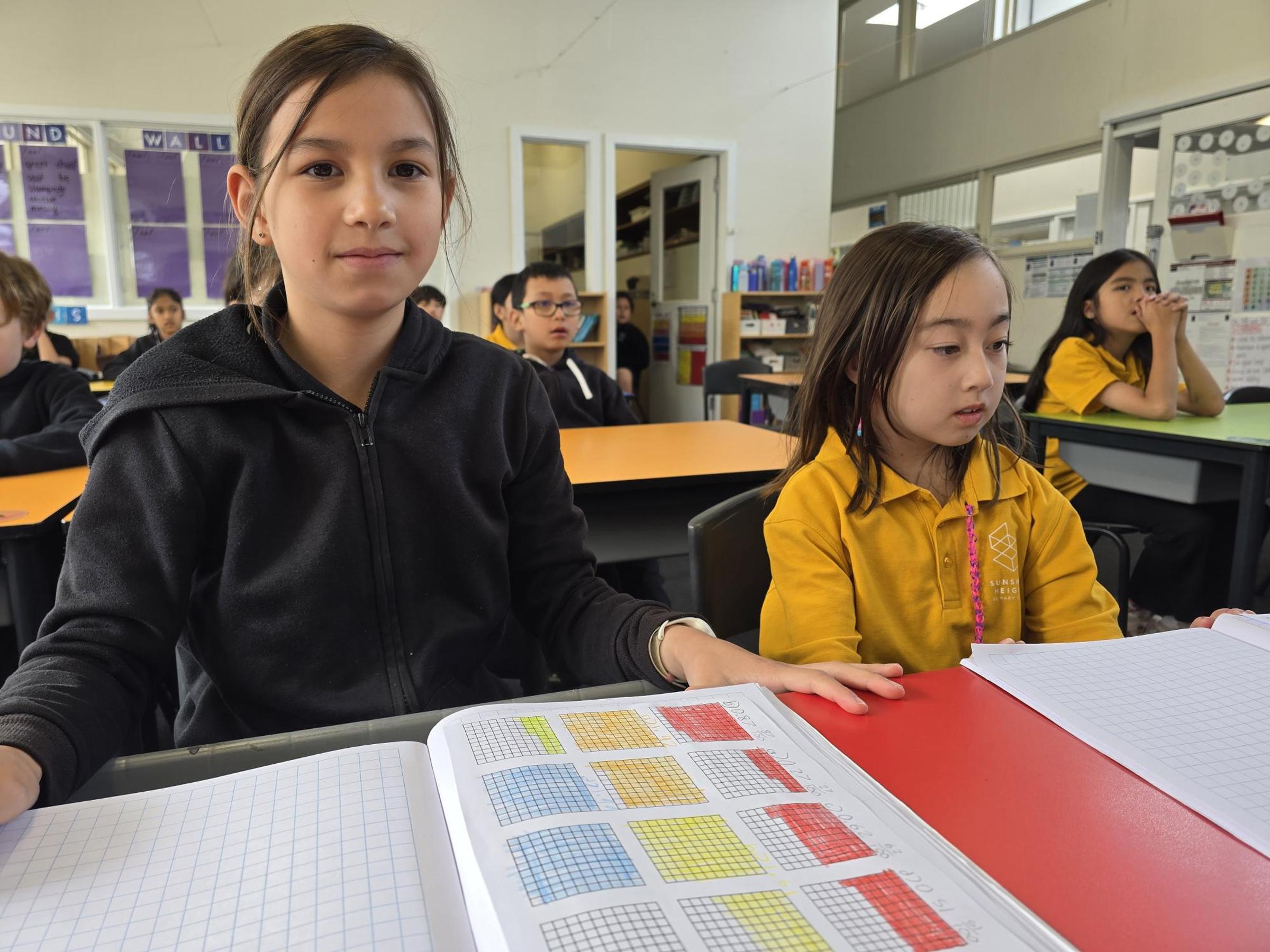NUMERACY

This term in Numeracy, Grade 3 students will focus on fractions, length, patterns, data, addition and subtraction. Grade 4 students will work on strengthening their skills in decimals, length and area, 3D shapes, data and addition and subtraction. They will also participate in daily number fluency exercises to improve their quick recall of number facts and daily retrieval to reinforce their understanding of key concepts.
We have a subscription to Times Table Rockstars, an online program to help your child practice multiplication and division facts. Please get in touch with your child’s teacher for their login details.
In Numeracy, students will be learning to:
Year 3:
Unit fractions of shapes
Identifying halves, quarters, thirds, fifths and tenths of collections
Identifying halves, quarters, thirds, fifths and tenths of shapes
Combining fractions up to one whole
Calculating complementary fractions to one whole
Reading measurement scales for length (mm and cm) Reading measurement scales for length (m and km) Measuring length in metric units Comparing length in metric units Ordering length in metric units Estimating length in metric units
Following algorithms to generate number patterns Creating algorithms to generate number patterns Following algorithms to identify multiples
Collecting numerical data from online sources Copying frequency tables into spreadsheets Selecting appropriate graphical representations
Applying inverse operations for three-digit addition and subtraction Adding three-digit numbers using concrete materials Subtracting three-digit numbers using concrete materials Partitioning for operations
Year 4:
| Representing and writing tenths in decimal format |
| Placing tenths in decimal format on a number line |
| Representing and writing hundredths in decimal format |
| Placing hundredths in decimal format on a number line |
| Writing and ordering numbers to two decimal places |
Renaming tenths as hundredths in decimal format
|
| Measuring length in metric units |
| Comparing and ordering length in metric units |
| Measuring the perimeter of shapes |
| Measuring the perimeter of enclosed spaces |
| Measuring area using informal units |
| Classifying two-dimensional shapes |
| Identifying common shapes that form composite shapes |
| Identifying symmetry in shapes |
| Completing symmetrical shapes |
| Creating symmetrical pictures and patterns |
Identifying rotational symmetry in shapes
|
| Comparing graphical representations of data |
Identifying questions answered by data displays
|
| Using fact families to solve addition |
| Using fact families to solve subtraction |
| Commutative property of addition |

